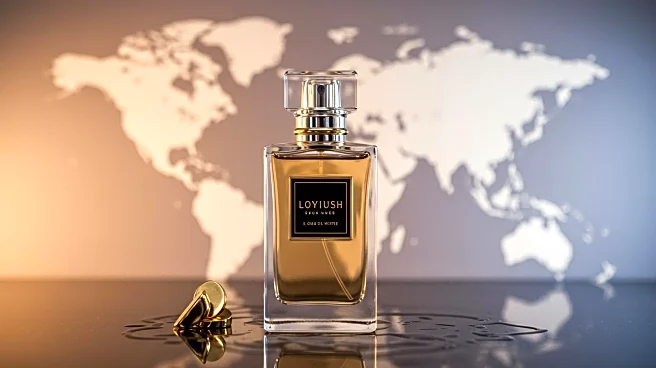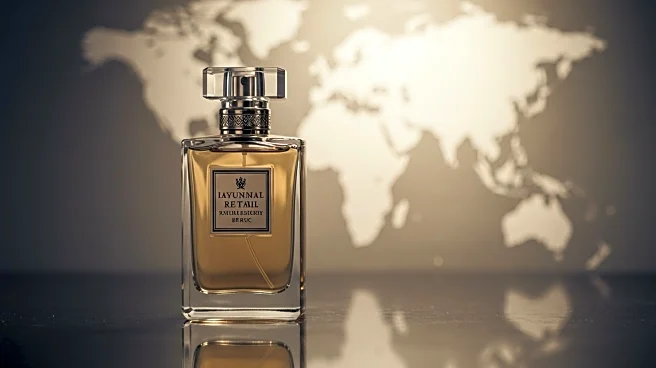What's Happening?
Estée Lauder Companies has forecasted a potential return to growth in its next fiscal year, despite reporting a 12 percent drop in fourth-quarter net sales and an 8 percent decline for the full year. The company also reported a full-year loss of $785 million, attributing part of the financial strain to tariffs imposed by the Trump administration, which are expected to impact margins by $100 million in the coming year. The beauty giant, which owns brands like La Mer and Clinique, has been facing challenges due to a decline in the Chinese market and increased competition in the US and Europe. CEO Stéphane de La Faverie has outlined plans to boost sales through increased brand marketing and reduced overhead costs. New product launches from MAC Cosmetics and Clinique are gaining traction, and the company is expanding distribution in European pharmacies and on Amazon in the US.
Why It's Important?
The slow turnaround of Estée Lauder Companies is significant for the beauty industry, as it highlights the challenges faced by established brands in adapting to changing market dynamics. The company's reliance on traditional department stores and the daigou grey market in China has hindered its growth, emphasizing the need for innovation and adaptation to new consumer trends. The impact of tariffs on profitability underscores the broader economic implications of trade policies on multinational companies. The company's efforts to revitalize its brand portfolio and pricing strategy could set a precedent for other beauty conglomerates facing similar challenges.
What's Next?
Estée Lauder Companies plans to continue its strategic review of its brand portfolio, focusing on medium to long-term opportunities. The company aims to build momentum on platforms like TikTok and specialty retailers such as Sephora. It is also exploring the fusion between aesthetics and beauty, a growing category that could benefit from innovative ingredients. The company has announced plans to cut up to 7,000 jobs worldwide to reduce overhead expenses. Investors are watching closely to see if these efforts will stabilize sales and improve profitability.
Beyond the Headlines
The challenges faced by Estée Lauder Companies reflect broader trends in the beauty industry, including the shift towards digital marketing and the importance of social media influencers. The company's struggle to attract younger consumers highlights the generational shift in beauty preferences and the need for brands to stay relevant. The reliance on the grey market in China raises ethical questions about pricing and distribution strategies. The company's focus on brand equity building suggests a long-term approach to maintaining its market position.













